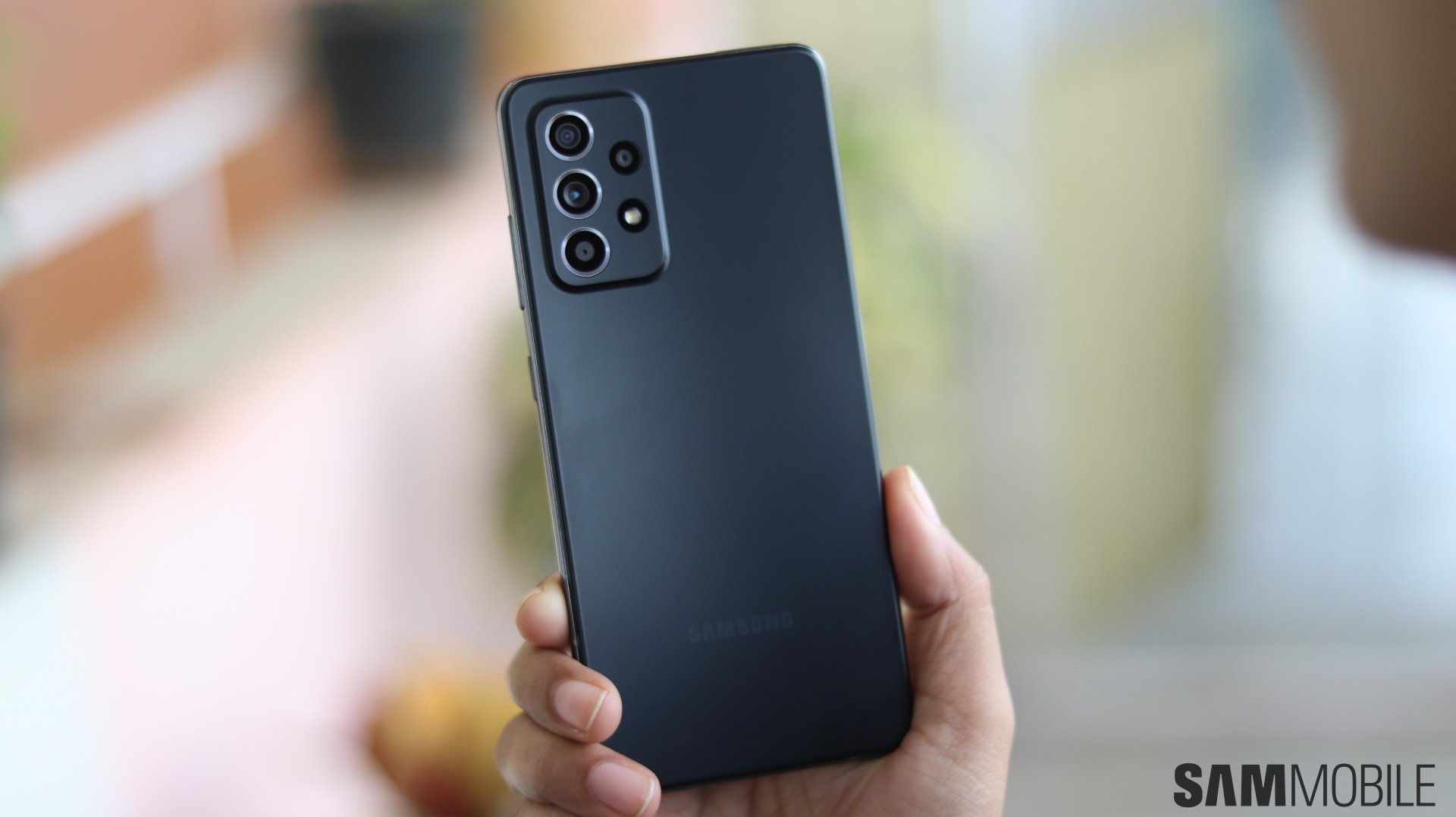The Galaxy A52s, released in September 2021, is one of Samsung's most popular mid-range phones from recent years. It's a star that shines even today, two years after it somehow beat the Galaxy S22 Ultra in global 5G phone sales.
Mind you, the Galaxy A52s wasn't exactly cheap when it went on sale nearly three years ago during a chip shortage. In Europe and the USA, it launched for €429 and $499, respectively. In 2021, that was quite a bit of money for a mid-range device.
Most will attribute the success of the Galaxy A52s to its perfect balance between price and features, a decent display, and the Snapdragon 778G 5G SoC. But allow me to explain why I think one other reason behind its success may have been the Exynos 990 chip.
The butterfly effect
Sure enough, the Galaxy A52s was a fantastic mid-range phone when it went on sale, and the chip shortage worked in its favor, as Samsung had to equip it with a more powerful chip than it would have otherwise.
However, I don't think the A52s would have reached the same level of star-like popularity without one more external factor sending it into the stratosphere.
In my view, I think the failure of Samsung's in-house Exynos 990 chip may have been the one unexpected element that created an unforeseeable chain of events. One that helped the Galaxy A52s breaking sales records despite the phone's relatively high price in a declining economy.
The Exynos 990 chip was released a year before the Galaxy A52s as Samsung's last in-house SoC to feature custom-made CPU cores, i.e., the two Mongoose M5 cores. The Exynos 990 solution was meant for the high-end market and powered the Galaxy S20 series.
Unfortunately, the Exynos 990 crashed and burned as one of Samsung's worst in-house mobile chips. It was too inferior to the Snapdragon 865 and it even paired its Mongoose M5 CPU cores with two outdated Cortex-A76 cores. Meanwhile, the Snapdragon 865 had already advanced to Cortex-A77 CPU cores and had four of them.
Many Galaxy A52s buyers voted against Exynos with their wallets
The ripple effect created by the failure of the Exynos 990 reverberated across the mobile market and seeped into the mid-range segment. The news of this nearly catastrophic chip couldn't be contained, and countless mid-range phone buyers, who often look for good value for money, didn't want anything to do with Exynos.
The story continues after the video…
Samsung pairing the 8nm Exynos 980 chip with the Galaxy A51 5G in April 2020 did help alleviate those concerns for mid-range users, but perhaps it wasn't enough to stop the anti-Exynos wave in time. Even though the 980 was a decent chip, the Exynos stigma was already working against Samsung in a big way.
And, in my opinion, when the much more powerful 6nm Snapdragon 778G 5G chip met the Galaxy A52s a year later, every mid-range phone buyer wanted a piece despite the phone's spicier price.
The Galaxy A52s was a sure bet that you would get value for your cash and a no-nonsense phone with decent specs and performance. And many were willing to pay a little extra for that reassurance, particularly as the global chip shortage was causing issues and the economy was in trouble.
Mid-range phone customers wanted a long-lasting, near-perfect phone, and through a combination of external factors and good design, the Galaxy A52s became the perfect answer — one that was even better than the Galaxy A52.
On the one hand, buying the Galaxy A52s was like an investment in an uncertain economy and a mobile market marred by a chip shortage. On the other, buying a Galaxy A52s almost became a form of protest against Exynos. How could you not love it, even if it wasn't exactly cheap? The odds were stacked in its favor.
Thankfully, things have improved over the past few years, and the new Galaxy A55 is a sound upgrade for Galaxy A52s users even though it has an Exynos chip. The new Exynos 1480 chip is superior to the old Snapdragon 778G, and the Galaxy A55 beats the A52s in many other aspects, from build quality and display to cameras, software, and more.






